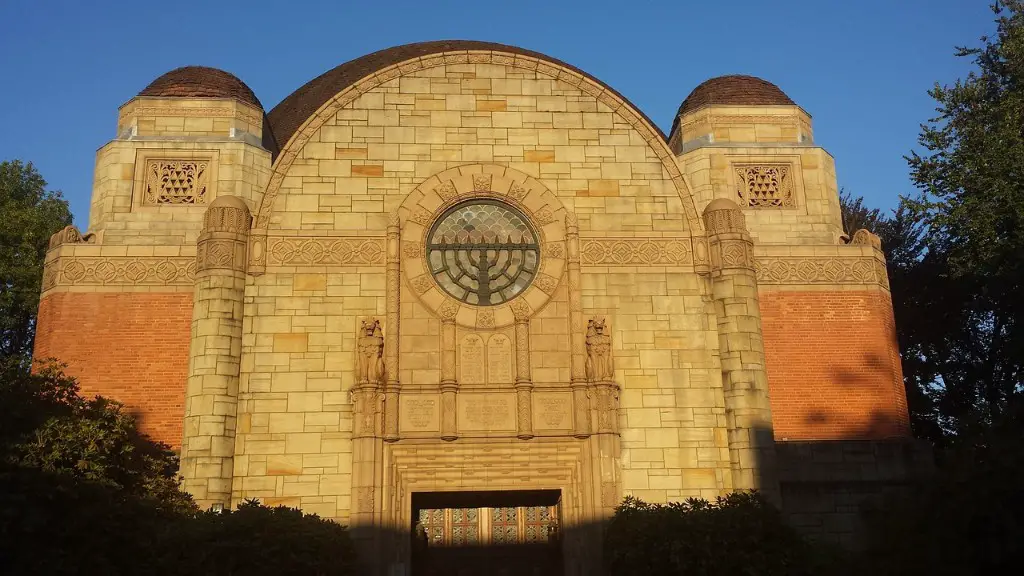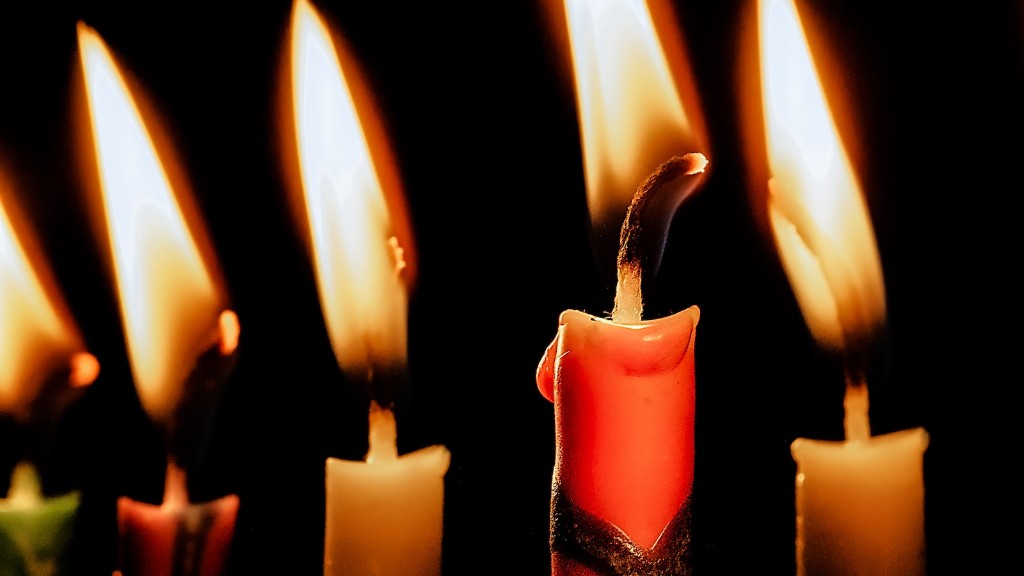Definition of caste system in Hinduism
The caste system in Hinduism is an ancient and complex social framework originally used as a way of organizing people into social classes based on what kind of work they did or what deity they worshiped. The caste system is divided into four main categories: Brahmin, Kshatriya, Vaishya, and Shudra.
These four broad categories each have many sub-castes, and there are many other castes outside of these four categories. In the past, there have been some attempts to simplify and reorganize these numerous castes, by using an alphabetical system which groups the castes into divisions of B, C, D, E, F, G and H. This system, however, is not widely used.
Historically, there has long been a debate among scholars as to the exact number of castes in Hinduism. The same debate continues today, with some claiming that there are thousands of Hindu castes while others believe there are perhaps fewer than two hundred.
The Exploitation of Marginalized people
The caste system has been and continues to be a source of exploitation of some of the most marginalized sections of Indian society. Historically, the country’s lowest castes—the “Untouchables”—were effectively relegated to second-class citizenship, denied basic rights, and denied access to resources that others took for granted.
This situation has improved in recent times, due to the efforts of reformers like Mahatma Gandhi and efforts by the Indian government to reduce discrimination. The lowest castes are now protected by law and given equal rights, although inequality and discrimination still exist. A government agency, the Scheduled Castes and Scheduled Tribes Commission, works to end all kinds of discrimination against people belonging to these groups.
Modern Implications of Caste System
Although caste-based discrimination is illegal, it still has repercussions in Indian society, particularly in terms of marriage and career choices. Many people, especially in more rural and conservative areas, adhere to caste-based marriage rules, meaning that people from different castes are not allowed to marry. Similarly, many employers favor candidates from higher castes for employment opportunities.
For many people, being identified in terms of their caste is still an important part of their sense of identity and belonging. This is true even for those from the lowest castes, although in recent times individuals from these castes have used their education and opportunity to rise above the traditional caste hierarchy.
Caste Politics in the 21st Century
In recent times, the issue of caste has been used to influence politics and win elections. Claims of caste-based discrimination and demands for political representation are made by some parties as part of their election manifestos. This can be seen in the recent rise in popularity of certain political parties that focus on particular castes.
The issue of caste-based discrimination is still an important issue in India, and one that continues to attract controversy and debate. Although much has been done to reduce it, discrimination still exists in some form in many areas. It is an issue that needs to be addressed, both practically and culturally, in order for India to move forward in the 21st century.
Understanding Hinduism through Caste System
The caste system has been a major part of Hinduism for centuries. It is through understanding the caste system that one can come to understand many aspects of Hinduism, from its cosmology and organization of society to its ritual practices and beliefs.
By considering the caste system in Hinduism, one can gain a much fuller understanding of this ancient and complex religion. It is important to remember, though, that although the caste system is still a major part of Hinduism, it is now subject to laws which protect the rights of those who are part of the lowest castes. Thus, while it can be useful to consider the Hindu caste system when studying this religion, one should also be aware of its changing nature in modern India.
Gender & Caste System in Hinduism
Like much of Indian society, the caste system in Hinduism is built upon the age-old idea of patriarchy, with men traditionally having much greater freedom and authority than women. Women belonging to higher castes have more privileges, but even these are usually determined by their husbands. Women from lower castes often have even fewer rights, and many are relegated to a life of domestic servitude.
In recent years, however, there have been many efforts to challenge the patriarchal culture of Hinduism, as well as the traditional techniques of segregation adopted by the caste system. Collectives such as the Self-Employed Women’s Association have been set up to support and empower women from all castes, and there have been a number of legislative reforms to protect the rights of all women in India, irrespective of their caste.
Changes in Caste System & its Impact on Hindus
Although certain aspects of the caste system remain, there has been an overall move away from this in recent times. Increasing numbers of people are choosing to marry outside of their caste, defying traditional social conventions. Similarly, more people are taking advantage of educational opportunities and moving to cities in order to start their own businesses and take control of their own destiny.
These changes are having a profound and positive impact in India, allowing more people to escape the rigid and inflexible rules imposed by the caste system. These changes, moreover, have enabled people from all castes to come together and share their culture, customs, and beliefs in a way that was not previously possible.
Impact of Globalization & Education on Caste System
The influence of globalization and technological change is also having an impact in India, as more people are exposed to new ideas and ways of living. Similarly, access to education has enabled people from all communities to gain the skills and knowledge they need to gain success in the modern economy. This has not only broken down barriers between castes, but has also helped to reduce prejudice and discrimination.
Overall, the caste system in India is changing rapidly and becoming more fluid. This change is enabling more people to take control of their lives, defy traditional notions of caste identity, and have a greater say in determinining their future.

